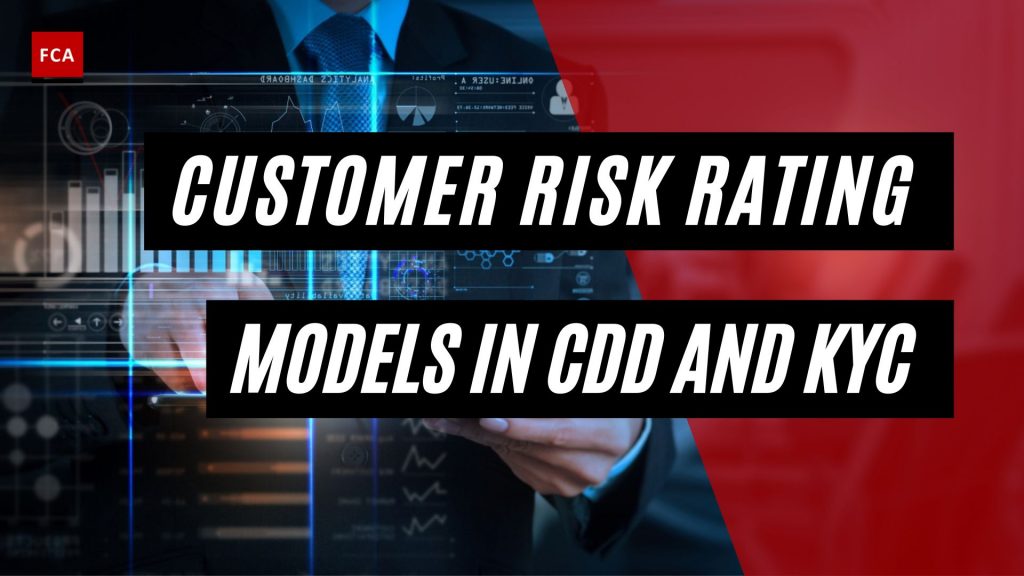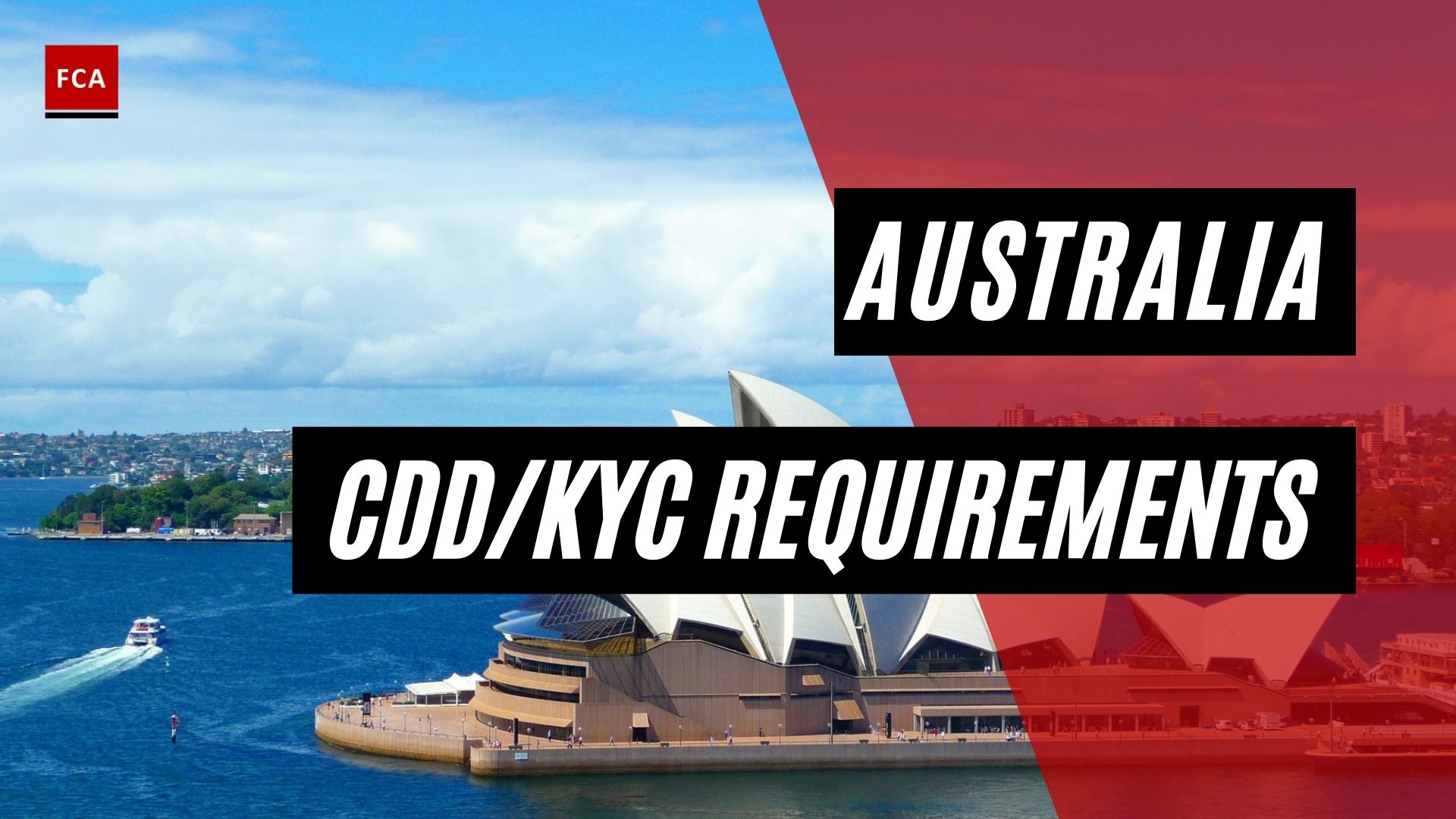This article elaborates on ‘Customer Risk Rating Models In CDD And KYC‘.
Organizations employ one of three basic strategies to identify money laundering: customer risk-rating models. Nowadays, most banks’ models are based on a risk evaluation of criteria such as the customer’s employment, salary, and banking products utilized. The information is gathered when a new account is established, but it is seldom updated. A risk rating score is calculated using these inputs, and the weighting each is given.
The scores are notoriously inaccurate, failing to identify some of the organization’s high-risk consumers while also misclassifying thousands of low-risk customers as high-risk. This necessitated the examination of a large number of customer instances, raising expenses and diluting the efficiency of anti-money laundering (AML) operations.
Regulators all across the globe are promoting creative methods to combating money laundering, and major institutions are responding by putting new systems and practices to the test. Some of these leaders have embraced the client risk rating technique outlined in this article, which combines characteristics of two other critical AML tools: transaction monitoring and customer screening.
The approach identifies high-risk customers far more effectively than the method used by most financial institutions today, in some cases reducing the number of incorrectly labeled high-risk customers by between 25 and 50 percent. It also uses AML resources far more efficiently.

Customer Risk Rating Practices
To adopt the new generation of customer risk-rating models, organizations are applying five best practices: they simplify the architecture of their models, improve the quality of their data, introduce statistical analysis to complement expert judgment, continuously update customer profiles while also considering customer behavior, and deploy machine learning and network science tools.
Simplify The Model Architecture
Most AML models are overly complex. The factors used to measure customer risk have evolved and multiplied in response to regulatory requirements and customer risk perceptions but are still not comprehensive. Models often contain risk factors that fail to distinguish between high- and low-risk countries, for example. In addition, methodologies for assessing risk vary by line of business and model. Different risk factors might be used for different customer segments.
Even when the same factor is used, it is often in name only. Different lines of business might use different occupational risk-rating scales, for example. All this impairs the accuracy of risk scores and raises the cost of maintaining the models. Furthermore, a web of legacy and overlapping factors can make it difficult to implement important rules effectively. A person exposed to political risk might slip through screening processes if different business units use different checklists, for example.
Under the new approach, leading institutions examine their AML programs holistically, first aligning all models to a consistent set of risk factors then determining the relevant inputs for each line of business. The approach not only identifies risk more effectively but does so more efficiently, as different businesses can share the investments needed to develop tools, approaches, standards, and data pipelines.
Improving Data Quality
Poor data quality is the single biggest contributor to the poor performance of customer risk-rating models. Incorrect KYC information, missed information about the suppliers, and erroneous business descriptions impair the effectiveness of customer screening tools and needlessly raise the workload of AML teams.
The problem can be hard to solve as the source of poor data is often unclear. Any one of the systems that data passes through, including the process for collecting data, could account for identifying occupations incorrectly, for example. However, machine-learning algorithms can search exhaustively through customer or organizational data subsegments to identify where information quality issues are concentrated, helping investigators identify and resolve them.
Sometimes, natural-language processing (NLP) can help. In many organizations, over half the cases are reviewed, which are labeled as high risk simply due to the poor data quality.
One of the banks discovered that a great many cases were red-flagged and had to be reviewed because customers described themselves as a doctor or MD when the system only recognized “physician” as an occupation. The use of NLP algorithms to conduct the semantic analysis and to fix the identification problem helps to reduce the enhanced due-diligence backlog by more than 10 percent.
Updating Customer Profiles Considering Their Behavior
A more effective risk-rating model updates customer information continuously, flagging a change of address to a high-risk country, for example. A further issue with profiles, in general, is that they are of limited value unless institutions are considering a person’s behavior as well. We have found that simply knowing a customer’s occupation or the banking products they use, for example, does not necessarily add predictive value to a model.
Most customer risk-rating models today take a static view of a customer’s profile—his or her current residence or occupation, for example. However, the information in a profile can become quickly outdated: most banks rely on customers to update their information, which they do infrequently at best. More telling is whether the customer’s transaction behavior is in line with what would be expected given a stated occupation, or how the customer uses a product.
Final Thoughts
This article elaborates on ‘Customer Risk Rating Models In CDD and KYC’. Customer risk-rating model is one of three basic strategies used in identifying money laundering by organizations. Nowadays, most banks’ models are based on a risk evaluation of criteria such as the customer’s employment, salary, and banking products utilized.









